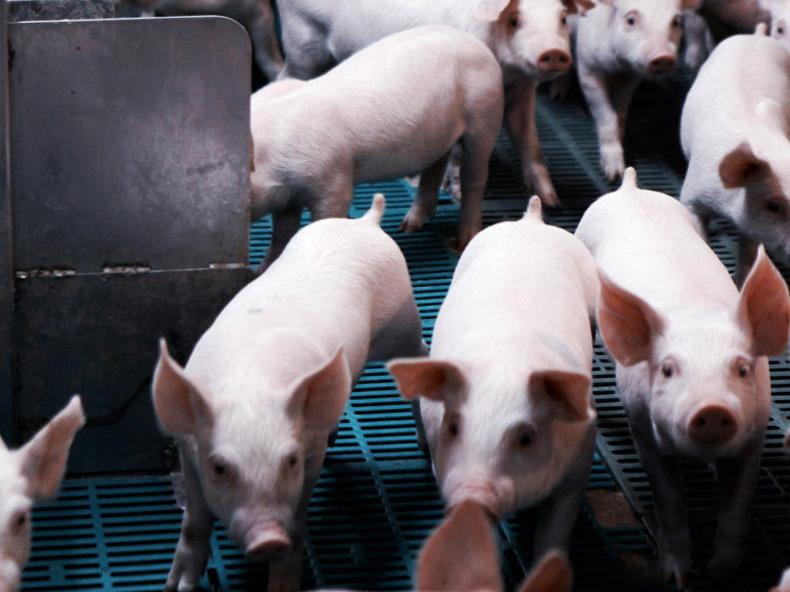When it’s good, it’s very good, when it’s bad it can be very bad.
The pig business is going through a very difficult period right now where a combination of poor prices and rising costs mean huge losses are developing on Irish farms.
The consolidation of the pig industry here in Ireland has allowed efficiencies in terms of investment and labour, but, much the same as scale is not the answer in dairy or sucklers, it’s not the answer in pigs either.
Based on Teagasc data, farmers are losing almost €38 per pig due to the pig price drop, combined with an unprecedented increase in feed prices.
Bord Bia’s Peter Duggan suggests that we now have 152,000 sows in the Irish pig herd.
However, total Irish pig production (including live exports) reached record levels of just over four million head during 2021. This shows the huge progress made on farm and investment by farmers in better genetics and feeding.
However, on-farm feed costs are up, energy costs are up, and labour costs are increasing.
At market level, a combination of local market difficulties getting pigs slaughtered and reduced global demand are playing big roles in racking up on-farm financial losses.
From the outside looking into China, it looks like it used the crisis to completely rebuild the sector with state-of-the-art equipment and facilities shifting demand patterns.
Taking all this into account, it is going to take a concerted effort from the Government, the Department and the key stakeholders (factories, retailers, farmers and merchants) to create an emergency plan to get the sector back on track. The clock is in the red for the pig farmers.
Methane
Methane is a greenhouse gas that is occupying the minds of many in our industry at the moment.
How to reduce, mitigate and manage it are all up for discussion. Solutions are a work in progress, but the investment of private industry and public funds is gathering pace.






 This is a subscriber-only article
This is a subscriber-only article











SHARING OPTIONS: